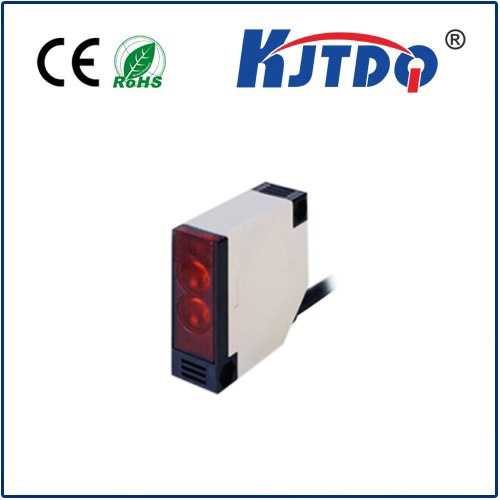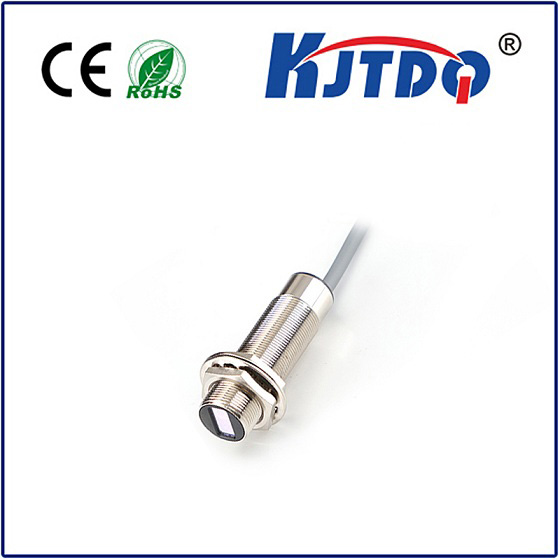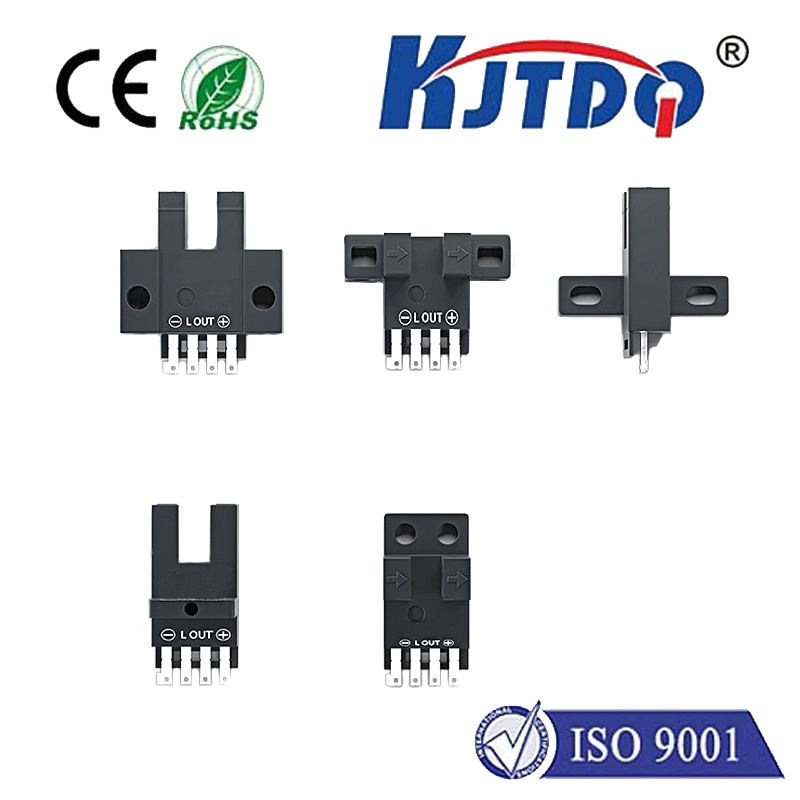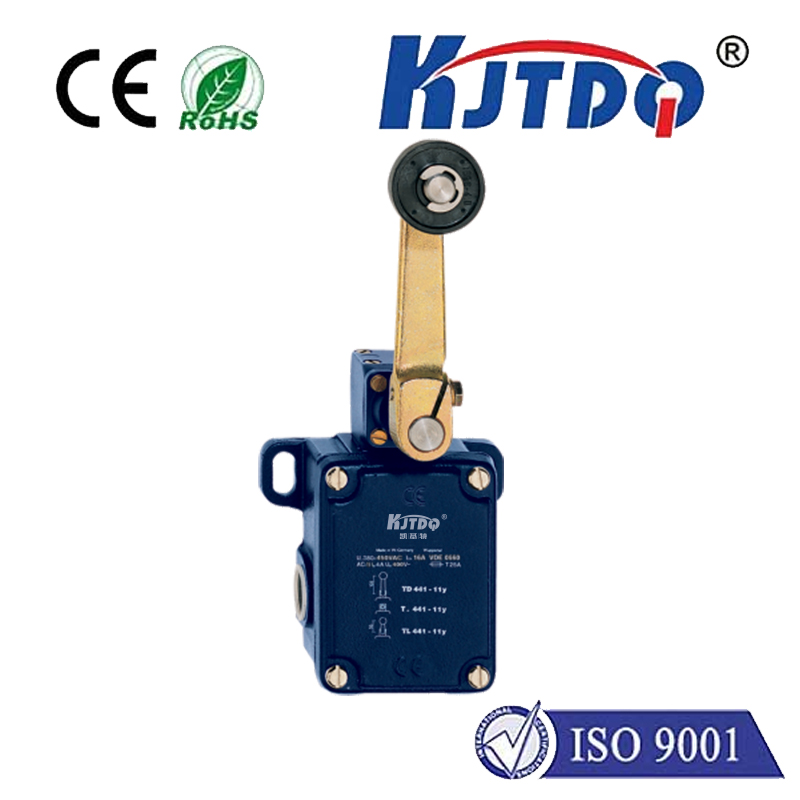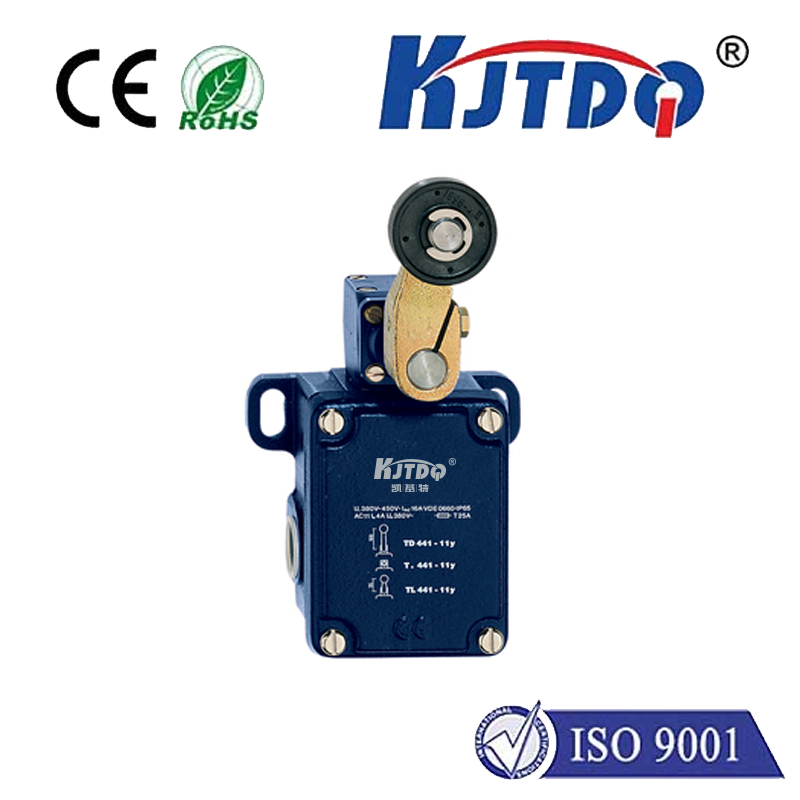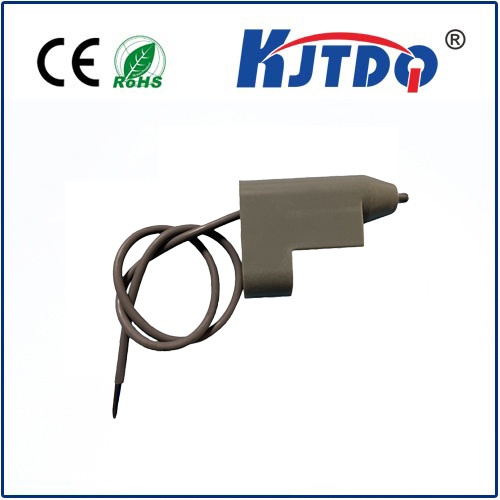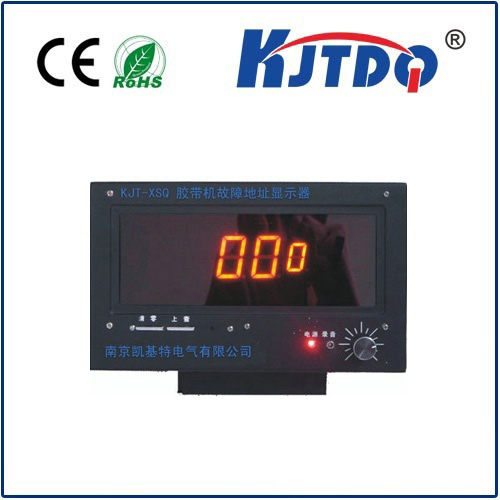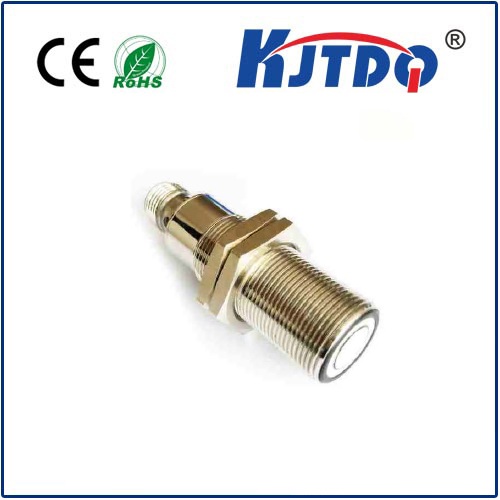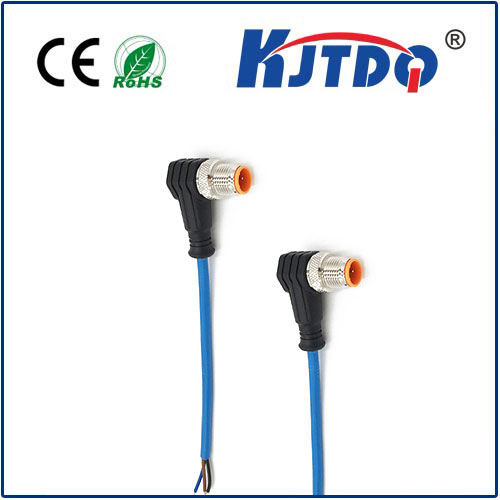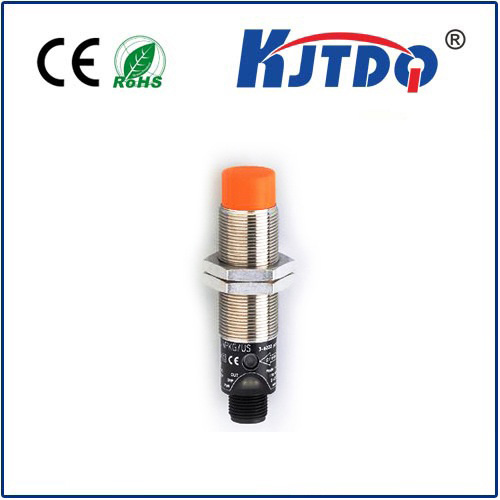
check

check

check

check
In the fast-paced world of electrical engineering, precision and accuracy are essential to success. One tool that plays a vital role in achieving these goals is the eddy current proximity probe. This device allows engineers to measure the presence and location of conductive materials with unparalleled accuracy, making it an indispensable part of many electrical systems. In this article, we will explore the basics of eddy current proximity probes and their applications in depth.
Section 1: Understanding the Theory Behind Eddy Current Proximity Probes
The principle behind eddy current proximity probes lies in the phenomenon of electromagnetic induction, where a magnetic field creates an electric current in a nearby conductor. These probes use this principle to detect the presence and location of conductors within a given area. The probe consists of an antenna, which sends out a magnetic field, and a receiver, which measures the resulting electric currents. By measuring these currents, the probe can determine the location and presence of conductive materials within the field.
Section 2: Types of Eddy Current Proximity Probes
There are two main types of eddy current proximity probes: active and passive. Active probes use an internal battery and power amplifier to amplify the signals generated by the antenna, while passive probes rely on external power sources to operate. Both types have their advantages and disadvantages, and engineers must choose the type that best suits their specific requirements.
Section 3: Applications of Eddy Current Proximity Probes
Eddy current proximity probes have numerous applications in electrical engineering, including:
* Component inspection: Used to locate and identify components within electrical systems, such as sensors, actuators, and motors.
* Circuit design: Helps engineers optimize circuit designs by determining the location and presence of conductive materials within the circuit.
* Factory automation: Used to automate assembly lines and quality control processes by detecting defects or missing components.
* Research and development: Aids in the analysis of electronic systems by providing real-time data on component locations and properties.
In conclusion, the eddy current proximity probe is a crucial tool for electrical engineers who need to work with conductive materials accurately and efficiently. By understanding its theory and applications, engineers can make informed decisions about selecting the appropriate probe for their specific needs. As technology continues to advance, we can expect even more sophisticated versions of eddy current proxies to emerge, further expanding their capabilities and improving our ability to diagnose and repair complex electrical systems
